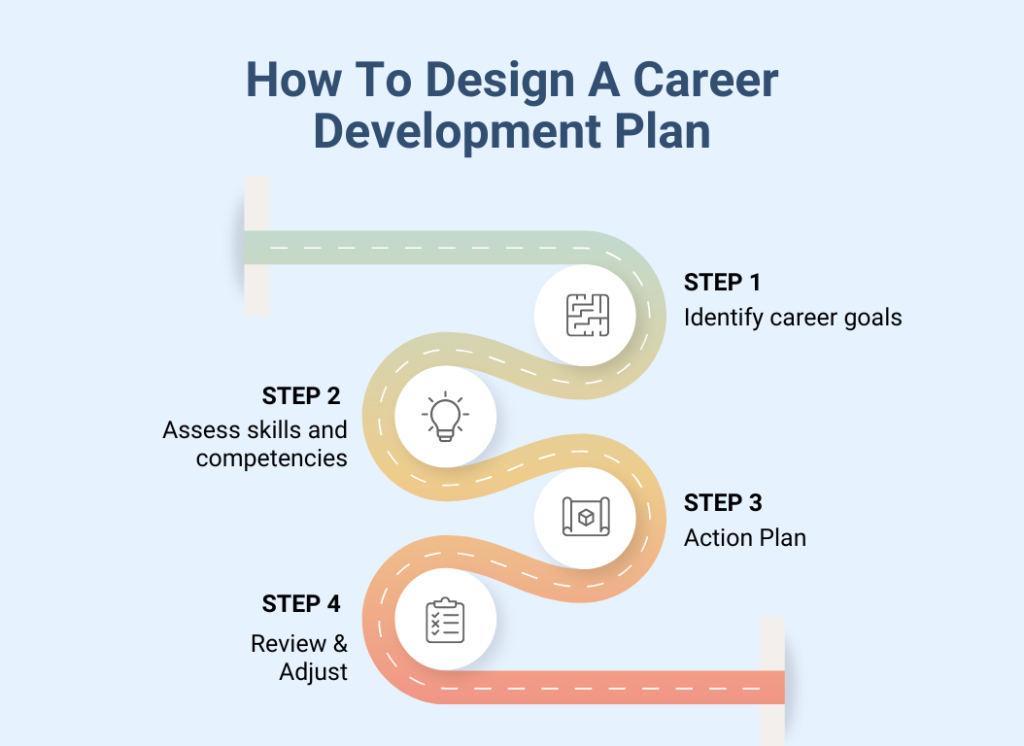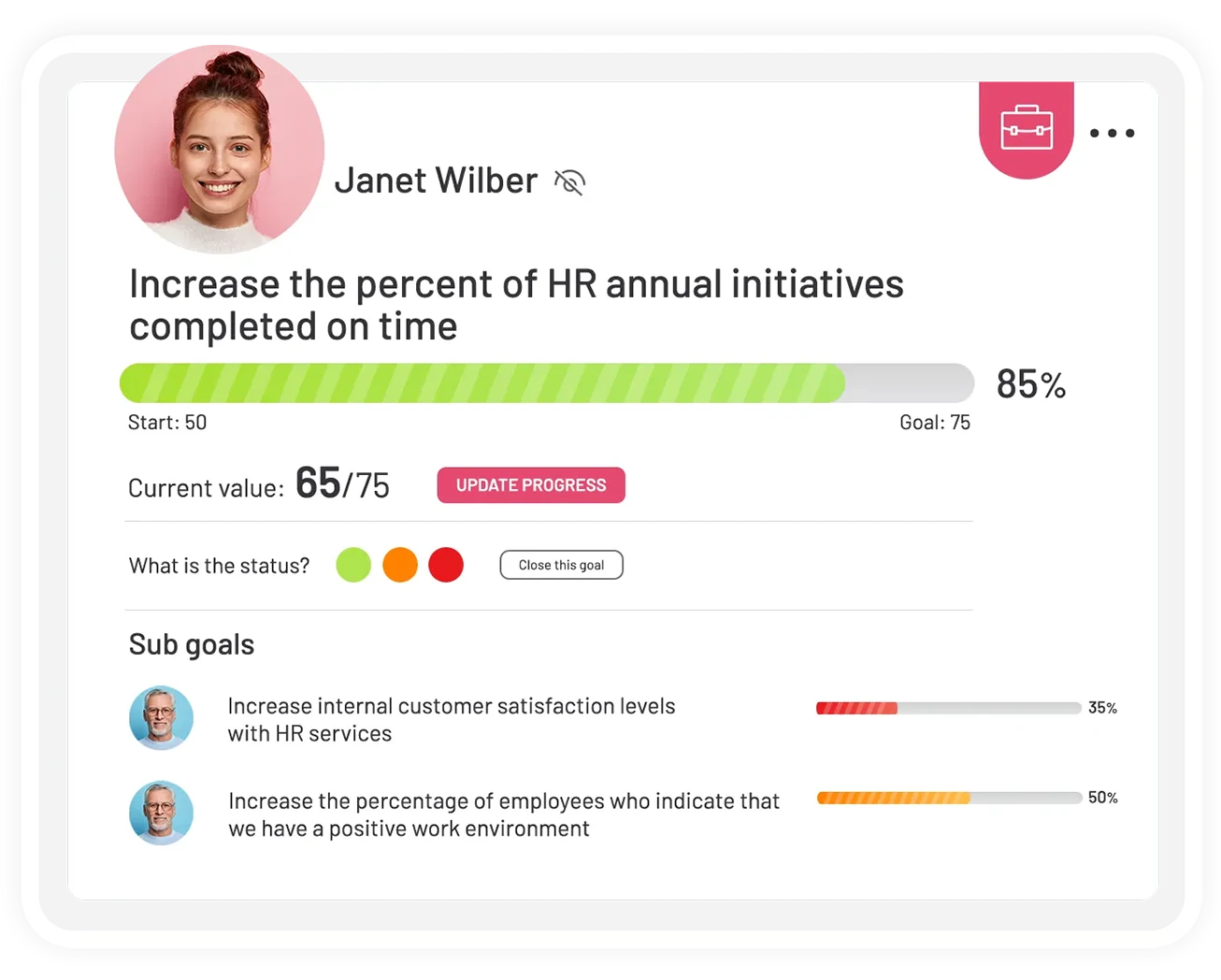Career development plans are more than just aiming to get the next promotion or landing a better job. It demands a strategic effort and an intentional approach to laying out the steps one wishes to take in their professional life.
Career developments bring about serious self-reflection, goal-setting, and continuous learning in the process. Individuals who actively engage in their career development will be better equipped to seize opportunities, deal with challenges, and chart a course toward their success.
Especially in modern-day times where everything is changing at such a fast rate, career development plans are more important than ever and require more attention to detail.
Similar to talent mapping, career development plans are a valuable tool for creating a roadmap for professional growth that helps highlight strengths, weaknesses, and aligned aspirations.
Follow along to see which steps you need to take to implement career growth plans into your professional life to ensure growth and long-term success in your career, and take a look at examples and templates of career growth plans that you can customize!
Table of Contents
Why Should You Have A Career Development Plan?
A career growth plan is a very powerful tool when used right. It helps empower individuals to take control of their career direction and beyond the obvious benefits of goal-setting and skill enhancements, career development plans provide a sense of purpose.
By grasping your short and long-term goals through career planning, you will create yourself with a strategic compass, a career path, that will guide you through a competitive and slippery world. Career growth plans are also important to invest your time and other resources in the right places that will help you succeed the most.
As career growth plans encourage continuous learning, it enhances individuals’ resilience and overall abilities. They create a sense of proactivity in approaching careers as a whole which in return helps individuals become more in tune with talent development opportunities and align better with their career goals.
How Do You Create A Career Development Plan?
Now that we have gone over what career growth plans are and why they are important, let’s take a closer look at how you can design one for yourself and what steps you’ll have to take in the process before we move along to employee development template and examples.

1. Identify Career Goals
The first step is to have a clear understanding of yourself as a professional and your development goals. Once you know more you can start articulating short-term and long-term goals.
One thing to take note of here is to make sure your goals are specific, measurable, achievable, relevant, and time-bound (SMART). SMART Goals will help you advance in your career in a structured and strategic way that keeps you thriving for more but still rewards you in the process.
Break down your larger goals into smaller and manageable steps to ensure an easier process to track and help you stay focused on your overall objectives as you take your journey day by day.



